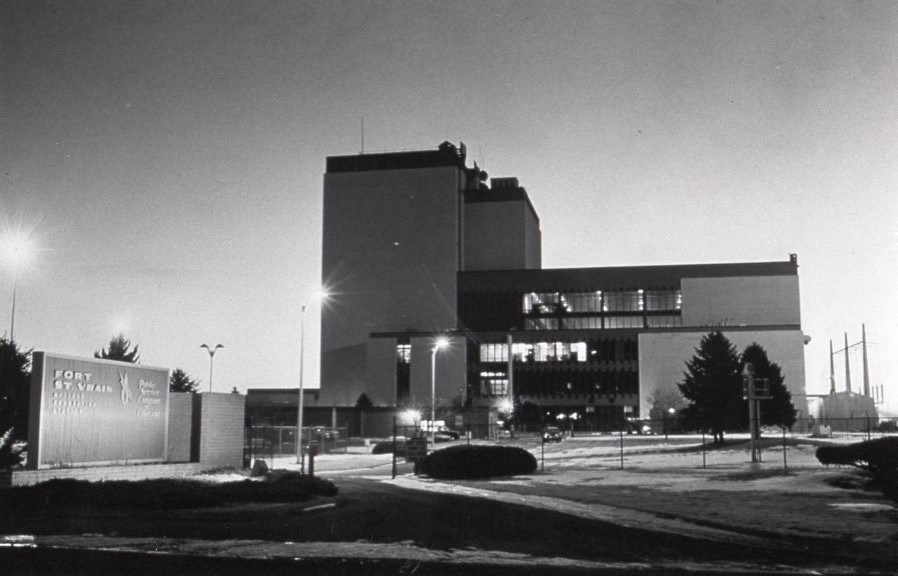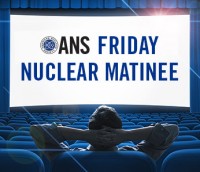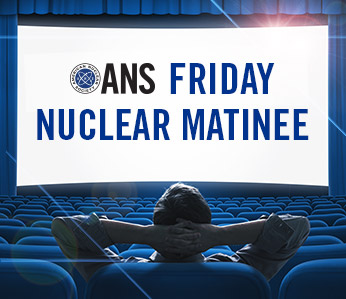What Next for SAVANNAH?
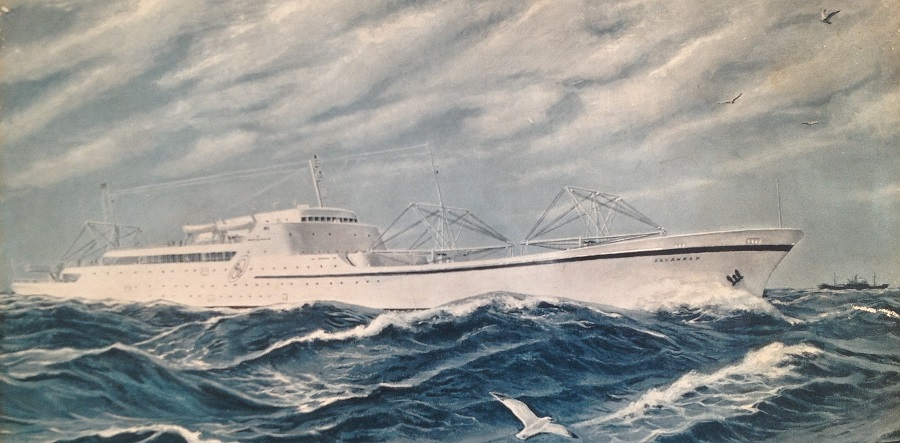
Illustration of NS SAVANNAH from Launch Ceremony Brochure in Will Davis' collection.
Observers were startled to learn in March that the Omnibus Spending Bill had included, in the budget for the U.S. Maritime Administration, the complete estimated amount required to perform the nuclear decommissioning of America's only commercial nuclear powered vessel, the NS SAVANNAH. While there had been some funding toward beginning the process in a previous year's budget, the provision of the full amount - not specifically requested by MARAD - was a surprise.


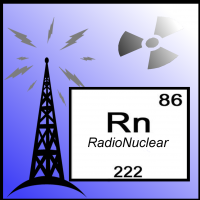 Podcast at RadioNuclear is today's Matinee.
Podcast at RadioNuclear is today's Matinee. 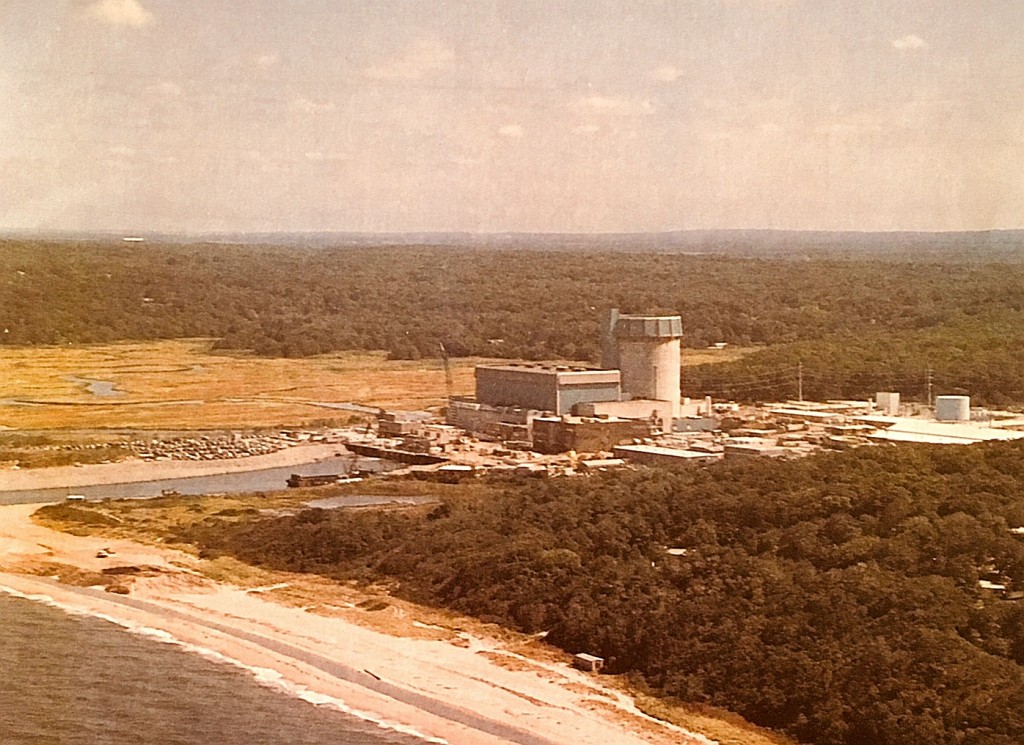
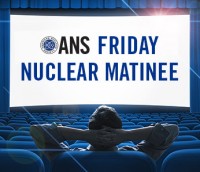
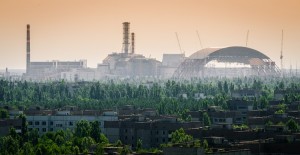
 I truly think people more or less value the environment; they just choose to show it in different ways. Someone in the city might be willing to pay to maintain the Alaskan Arctic, and have no interest in ever going on a hike, let alone visiting the Arctic. Someone else may be dead set against environmental regulation but spend much of their time in beautiful undeveloped places; hiking, fishing, or hunting. No matter what people's personal feelings are towards the environment, we all are dependent on it and need to find ways to agree on how to use the natural resources available.
I truly think people more or less value the environment; they just choose to show it in different ways. Someone in the city might be willing to pay to maintain the Alaskan Arctic, and have no interest in ever going on a hike, let alone visiting the Arctic. Someone else may be dead set against environmental regulation but spend much of their time in beautiful undeveloped places; hiking, fishing, or hunting. No matter what people's personal feelings are towards the environment, we all are dependent on it and need to find ways to agree on how to use the natural resources available.